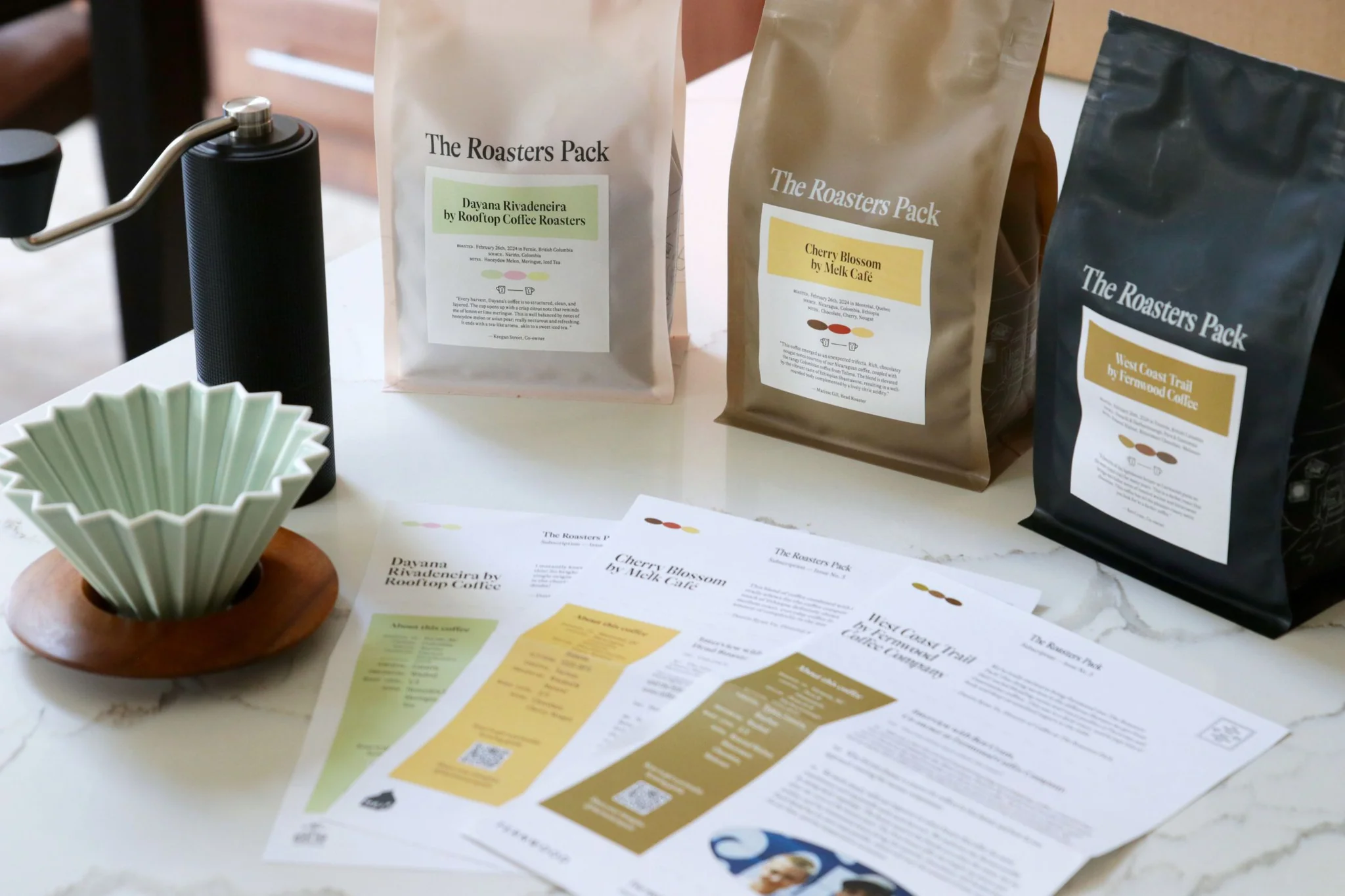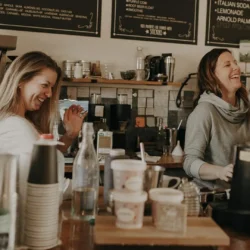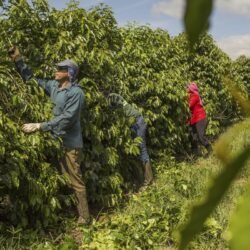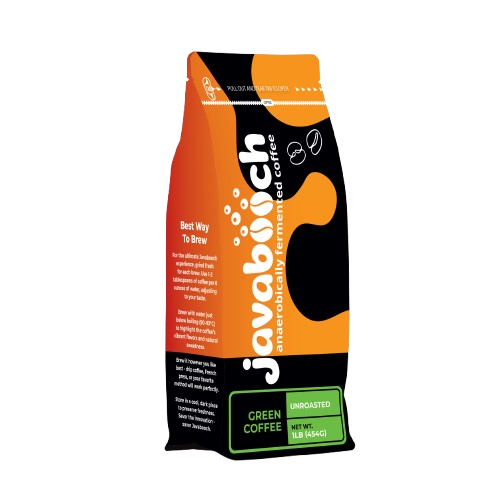You only get one shot to grab a customer’s attention—especially when your coffee is sitting on a shelf beside a dozen others. Your packaging is your silent salesperson. And when done right, it doesn’t just look good. It converts.
Let’s break down the essentials of great coffee packaging and how to design a brand that customers remember—and buy again.
1. Understand Your Target Buyer
Before designing anything, ask:
- Is your coffee premium, everyday, or niche?
- Who’s your ideal customer—baristas, students, professionals, or health-conscious buyers?
- What are they emotionally looking for: Luxury? Adventure? Comfort?
🎯 A luxury coffee might need minimalist black and gold. A youth-focused cold brew could pop with bright colors and playful fonts.
2. Invest in Brand Consistency
A brand isn’t just a logo. It’s a system. Your coffee packaging should reflect:
- Your logo & brand name
- Color palette
- Typography
- Tone of voice
- Story elements (farm origin, roasting method, founder note)
🛠 Tip: Create a Brand Style Guide. It ensures every bag, label, or box speaks the same visual language.
3. Choose the Right Packaging Material
Form follows function. You need a bag that protects freshness and fits your brand.
Popular options:
- Kraft paper: Rustic, natural, eco-friendly feel
- Matte foil: Modern and premium
- Compostable bags: Perfect for sustainability-focused brands
☕ Martin’s tip: Always use resealable zippers + degassing valves for whole beans.
4. Use Smart Label Design
Your label is where information and emotion meet.
Include:
- Roast level (light, medium, dark)
- Bean origin (country, region, farm)
- Tasting notes (e.g., “Stone fruit, caramel, floral”)
- Weight & grind type
- Brewing recommendations
- Your brand story or farmer highlight
📦 Keep it clean. Too much clutter = lost attention.
5. Prioritize Shelf Impact & Thumbnail Power
Think about your packaging:
- On a retail shelf
- As a tiny thumbnail on Instagram or an eCommerce site
If it doesn’t pop from a distance or scroll—revise it.
👀 Test your design at 25% size and 200% size. It should stand out in both views.
6. Add QR Codes or NFC Chips
Modern packaging can be interactive.
Try:
- QR code linking to a behind-the-scenes roasting video
- Link to your origin story
- NFC chip that opens a welcome message or discount code
📱 Turn your bag into an experience—not just a wrapper.
7. Seasonal or Limited Edition Versions
Keep your base packaging consistent but surprise customers with:
- Limited editions
- Collabs with artists
- Seasonal blends
🎨 This creates FOMO and buzz—especially on social media.
8. Be Legally & Ethically Transparent
Always include:
- Ingredient details
- Weight/volume
- Country of origin
- Roast date or expiry
- Certifications (Fair Trade, Organic, etc.)
✅ Trust is earned through clarity.
Closing Thoughts
Great coffee packaging is more than just good looks. It’s:
- A branding tool
- A trust builder
- A marketing asset
- A storytelling canvas
And when it connects visually and emotionally, it becomes the reason people pick your coffee over someone else’s.
Want to get your packaging designed with a pro’s eye?
🎓 Join Martin Kabaki’s Coffee Branding Webinar and get step-by-step guidance, templates, and examples from real coffee brands.




